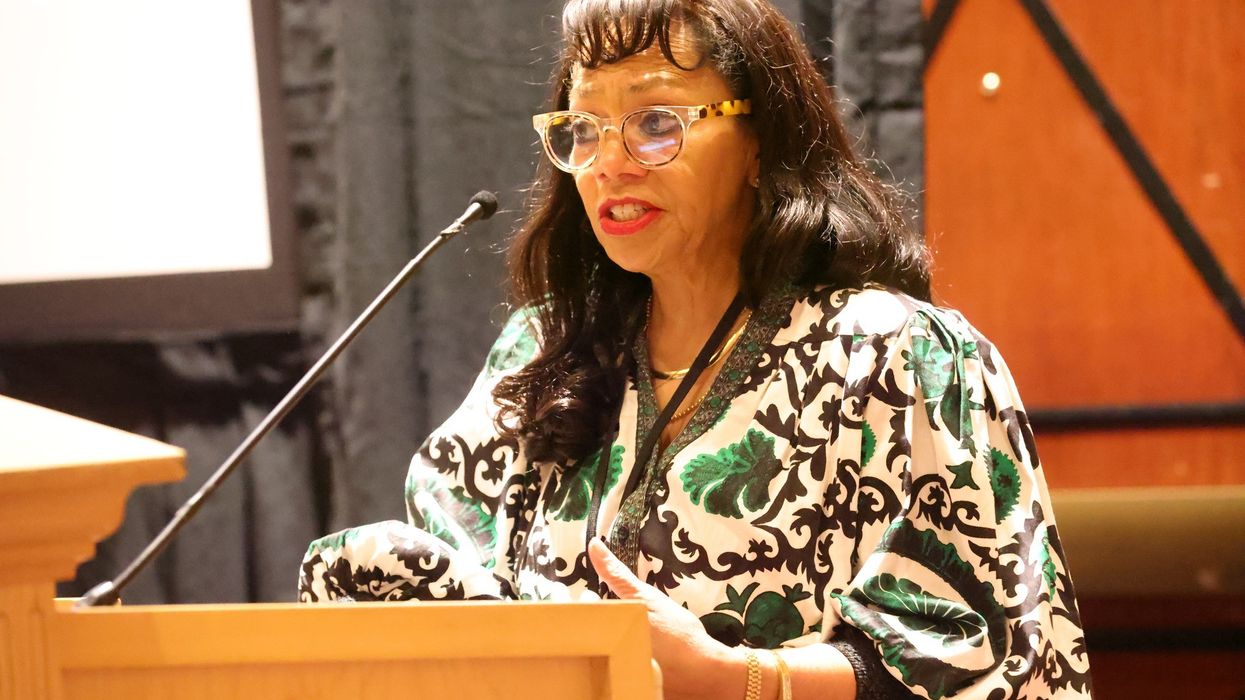Allergies have become increasingly common worldwide, affecting millions of people across all age groups. This rise in allergic conditions, ranging from food allergies to asthma and hay fever, poses significant challenges to public health systems and individuals' quality of life. Understanding the factors behind this surge and its implications is crucial for developing effective prevention and treatment strategies.
The Scope of the Problem
Allergies are among the fastest-growing chronic conditions, with a noticeable increase in prevalence over the past few decades. According to the World Allergy Organization, approximately 10-40% of the global population now suffers from some form of allergy, with rates continuing to rise . In the United States alone, the Centers for Disease Control and Prevention (CDC) reports that the prevalence of food allergies in children increased by 50% between 1997 and 2011 .
Factors Contributing to the Rise in Allergies
Several factors contribute to the increasing incidence of allergies, including environmental changes, lifestyle shifts, and genetic predispositions.
Environmental Changes
Modern living environments play a significant role in the development of allergies. Urbanization, increased pollution, and changes in climate have all been linked to higher allergy rates. Air pollution, in particular, is known to exacerbate respiratory allergies such as asthma and allergic rhinitis. A study published in the Journal of Allergy and Clinical Immunology found a correlation between exposure to pollutants and the severity of allergic reactions .
Hygiene Hypothesis
The "hygiene hypothesis" suggests that reduced exposure to infectious agents, microorganisms, and parasites in early childhood can lead to a higher risk of allergic diseases. This hypothesis posits that the immune system requires a certain level of microbial exposure to develop properly. As sanitation and hygiene standards have improved, particularly in developed countries, children's immune systems may not be receiving the stimulation needed to regulate immune responses effectively. This can result in an increased likelihood of developing allergies .
Dietary Factors
Dietary changes over recent decades may also contribute to the rise in allergies. The increased consumption of processed foods, changes in dietary patterns, and the use of food additives have been implicated in the development of food allergies. Additionally, a lack of diversity in diet, which limits exposure to various nutrients and beneficial microorganisms, may also play a role. Research published in the Journal of Allergy and Clinical Immunology suggests that early introduction of allergenic foods, such as peanuts, can help reduce the risk of developing food allergies .
Implications for Public Health
The rise in allergies has significant public health implications. Allergic conditions can lead to a reduced quality of life, increased healthcare costs, and higher morbidity and mortality rates in severe cases. For instance, asthma, a common allergic condition, can cause significant respiratory distress and is a leading cause of hospitalization in children.
Economic Impact
The economic burden of allergies is substantial. The cost of medical treatment, hospitalizations, medications, and lost productivity due to allergic diseases amounts to billions of dollars annually. The American Academy of Allergy, Asthma & Immunology estimates that allergies cost the U.S. economy over $18 billion each year .
Need for Awareness and Education
Raising awareness and educating the public about allergies is crucial for managing and preventing these conditions. Early diagnosis and proper management can significantly improve outcomes for individuals with allergies. Healthcare providers, schools, and workplaces need to be equipped with the knowledge and resources to support those affected by allergies.
Advances in Treatment and Prevention
Recent advances in allergy research offer hope for better management and prevention strategies. Immunotherapy, including allergy shots and sublingual tablets, has shown promise in reducing the severity of allergic reactions and providing long-term relief. Moreover, ongoing research into the microbiome's role in immune system development may lead to novel treatments and preventive measures.
Personalized Medicine
Personalized medicine, which tailors treatment based on an individual's genetic and environmental factors, is an emerging field in allergy treatment. By understanding the specific triggers and underlying mechanisms of an individual's allergies, healthcare providers can develop more effective and targeted treatment plans.
The rise in allergies is a complex and multifaceted issue that requires a comprehensive approach to address. Understanding the environmental, genetic, and lifestyle factors contributing to this increase is essential for developing effective prevention and treatment strategies. By raising awareness, advancing research, and promoting early diagnosis and management, we can mitigate the impact of allergies on individuals and society as a whole.
References
- World Allergy Organization. (n.d.). The Global Problem of Allergic Disease. Retrieved from World Allergy Organization
- Centers for Disease Control and Prevention. (2013). Trends in Allergic Conditions Among Children: United States, 1997-2011. Retrieved from CDC
- Hansel, N. N., McCormack, M. C., & Kim, V. (2013). The Effects of Air Pollution on the Development of Atopy and Asthma. Clinical Reviews in Allergy & Immunology, 45(1), 55-66.
- Strachan, D. P. (1989). Hay fever, hygiene, and household size. BMJ, 299(6710), 1259-1260.
- Du Toit, G., et al. (2015). Randomized Trial of Peanut Consumption in Infants at Risk for Peanut Allergy. The New England Journal of Medicine, 372(9), 803-813.
- American Academy of Allergy, Asthma & Immunology. (n.d.). Allergy Statistics. Retrieved from AAAAI














 Dr. Cary S. Kaufman teaches the "Essentials of Oncoplastic Surgery" course through the National Consortium of Breast Centers, providing breast surgeons around the world with advanced techniques for optimal breast surgery outcomes.
Dr. Cary S. Kaufman teaches the "Essentials of Oncoplastic Surgery" course through the National Consortium of Breast Centers, providing breast surgeons around the world with advanced techniques for optimal breast surgery outcomes.

